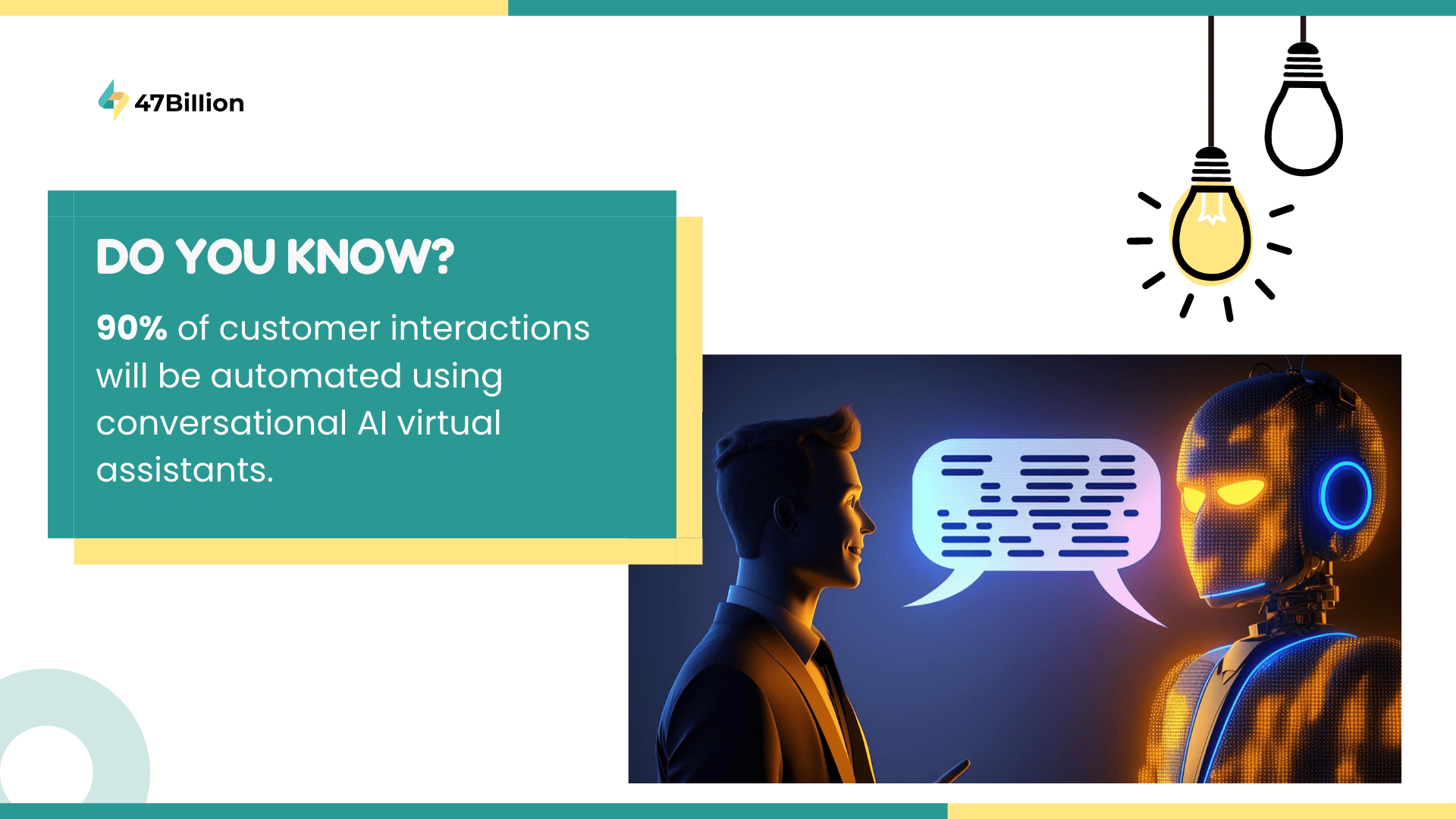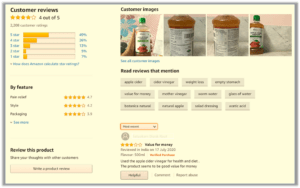Yesterday I wrote a prompt on ChatGPT “Steps to choose the best health insurance plan?
The ChatGPT’s response –
“Choosing the best health insurance plan depends on your needs, preferences, and budget. Here are some factors to consider when selecting a health insurance plan:
Coverage: Look at the benefits and services covered by the plan. Check if it includes needed services like prescription drugs, preventive care, and specialist consultations.
Cost: Evaluate the monthly premiums, deductibles, copayments, and coinsurance amounts. Make sure you can afford the out-of-pocket costs.
Provider network: Check if your preferred healthcare providers are in the plan’s network. Out-of-network care may cost you more.
Plan type: There are different plans, such as HMOs, PPOs, and EPOs, each with pros and cons. Research and compare the features of each plan type.
Customer service: Consider the plan’s reputation for customer service and responsiveness to questions and concerns.
Financial stability: Look at the insurer’s financial strength and ratings from independent rating agencies to ensure they can meet their obligations to pay claims.
It’s important to carefully review the details of each plan and compare them before making a decision. Consider speaking with a licensed insurance agent or broker who can provide additional guidance and help you make an informed decision based on your needs.
It was effortless, right?
C-level executives realize the power of conversational AI like ChatGPT and other open-source large language models power such systems are taking technology into realms once thought to be reserved for humans. With conversational AI, computers can exhibit creativity. They can produce original content in response to queries, draw data from ingested data, and interactions occurring with users. They can develop content, sketch package designs, write codes, or even theorize on the reason for production errors.
This class of conversational AI systems has emerged from foundation models- large-scale, deep learning models trained on massive, broad, unstructured data sets (Such as text and images) that cover several topics.
Technology components of conversational AI
Natural Language Processing – Ability to “read” or parse human language text for understanding natural sentence structures versus simple keyword triggers.
Intent Recognition – Understanding what the user requests, even if phrased unexpectedly.
Entity Recognition: The ability to understand text that refers to informative abstract categories is necessary for more complex commands and analysis.
Fulfillment – Ability to pull data from web services or databases using APIs, run conditions and inform the dialog manager.
Voice-optimized responses – the ability to engage in conversation in a humanlike manner and show emotions to deliver an optimized experience.
Dynamic text-to-speech – Converts written text to natural-sounding speech, supporting various languages, voices, and accents.
Contextual Awareness – Ability to follow conversation history, translate, recall, and memorize information over conversations
Why is Conversational AI taking over the market?
Within the next couple of years
- 90% of customer interactions will be automated using conversational AI virtual assistants.
- 85% of customer relationships will be managed without interacting with humans
- 44% of repetitive tasks will be automated with conversational AI
- 2.5B customer service hours will be saved using robots powered by conversational AI
The battle for AI supremacy has already begun, with OpenAI and Microsoft leading the race to develop next-generation AI models integrated across many products and services.
Before elaborating on the specifics of conversational AI, let’s note that conversational AI and chatbots are not the same.
Chatbots are computer programs that can convert to you, introduce themselves, ask questions, receive answers, and provide solutions. Today, they can be used in various industries such as education, B2B relationships, governmental entities, healthcare centers, and HR departments, amongst various fields.
Uses involve –
- Automating responses by fetching answers from databases.
- Routing inquiries to human agents.
- Generating meaningful conversations with users.
Conversational AI is a group of technologies that connect humans and computer platforms. Customers interact with conversational AI that delivers informal and repetitive customer service tasks or executes complex processes in various industries. It has a suite of assets to help organizations manage end-to-end customer lifecycles. It addresses the need for flexible, adaptable, scalable, and deployed solutions and accelerating development, facilitating operations and maintenance, and enabling clients to focus on driving business value at pace.
Meanwhile, traditional chatbots are rule-based, cannot handle tasks outside their scripted scope, and cannot deviate from chat and menu-based structures.
Conversational AI in Insurance Industry
For instance, taking Insurance Industry, the ease of filing a claim via text message after an incident boosts customer satisfaction and is a great selling point. State-of-the-art LLM-based chatbots excel at understanding user intent and emotional nuances, maintaining context, and remaining highly interactive throughout the conversation resulting in improved customer experience and fewer call deflections to the customer car. By fine-tuning with proprietary company data and continuous learning based on customer interactions, these chatbots provide a much superior customer experience.
Major use cases involve
Claim Management
Automate claim processes through conversational AI virtual assistants that simplify the process end-to-end, providing a better user experience.
Quote and Bind
Use automation, customer profile analytics, and conversational AI-powered robots to drive an enhanced quote and bind process.
Underwriting
Digital agents with an omnichannel solution that uses real-time data analysis to identify products closest to customer needs.
Customer Feedback
Use omnichannel conversational AI robots to automatically collect and process customer feedback and provide a superior customer experience.
24/7 Customer Support
Conversational AI assistants easily integrate with knowledge-based systems, providing 24/7 support for faster resolution of challenges.
Here are some of the benefits –
- Simplified buying experience to choose from multiple options for your new customers
- Deep understanding of existing policies such as coverages, deductibles, premiums, providers, and other terms & conditions for your current customers
- Reduced policy origination and servicing costs
With the help of AI and CX experts, 47Billion can help you to build custom solution leveraging your proprietary data and domain expertise to build advanced conversational interactions across all your products.
Let’s connect to discuss more opportunities in this work area – hello@jp.47billion.com




